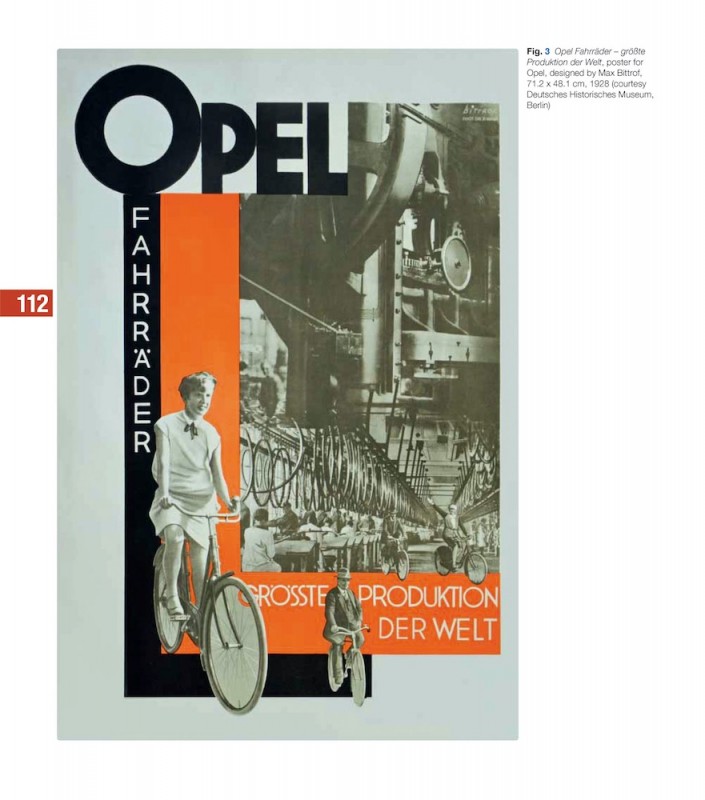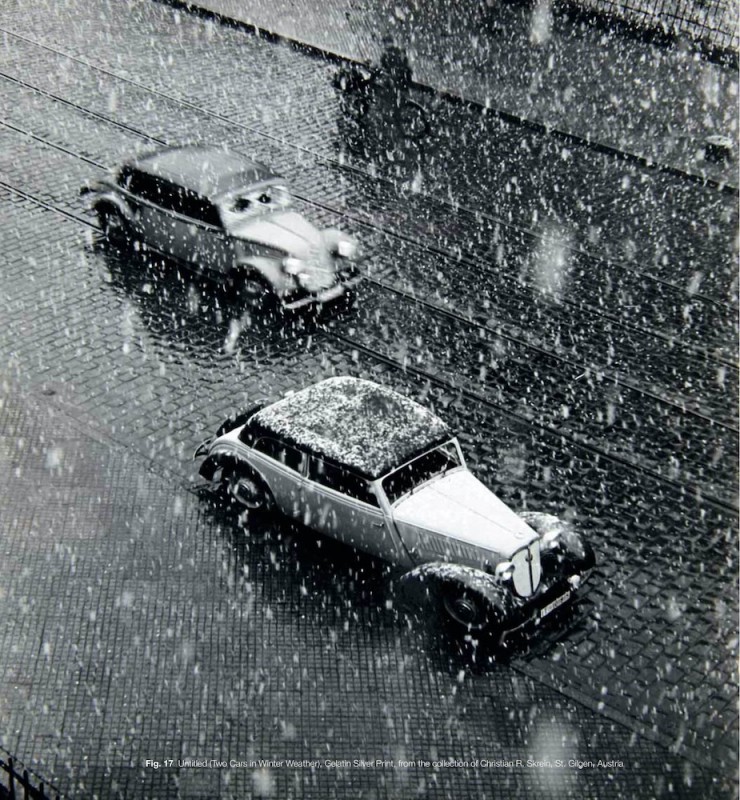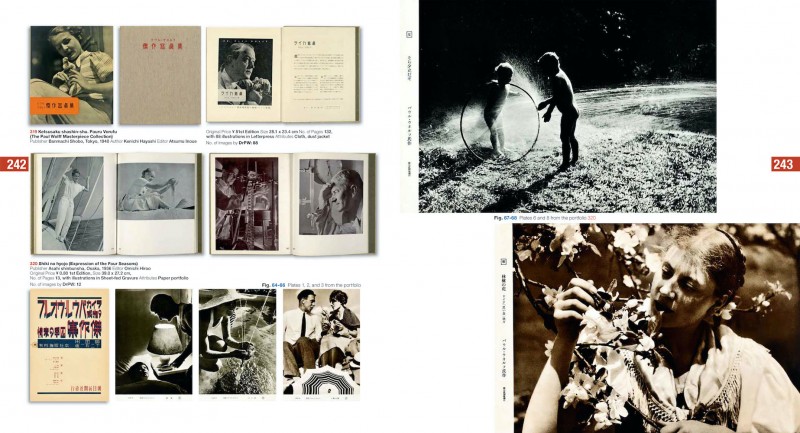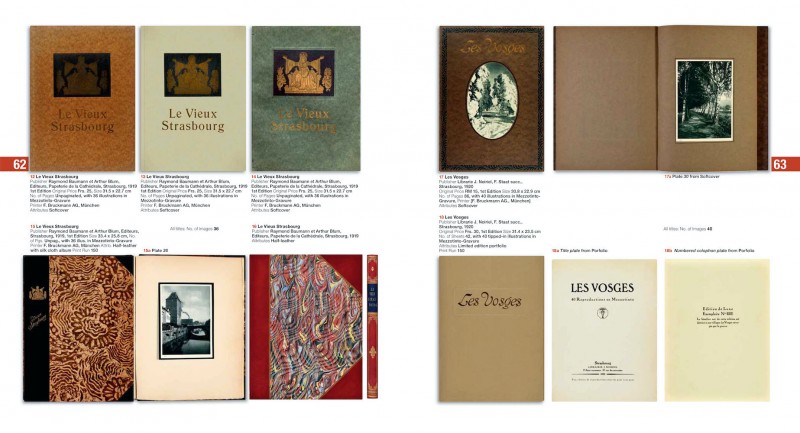Book of the Month: Dr. Paul Wolff & Alfred Tritschler – The Printed Images 1906–2019
Book of the Month: Dr. Paul Wolff & Alfred Tritschler – The Printed Images 1906–2019
Wolff & Tritschler
June 22, 2021
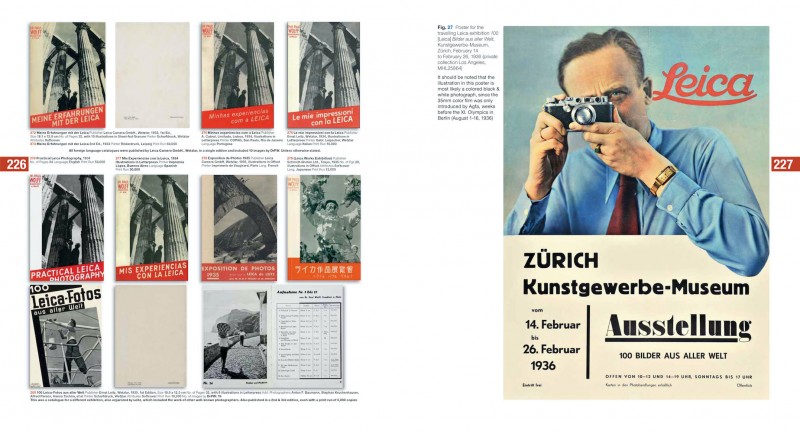
With the support of a broad team, this photo book was produced by the collector and renowned photo book expert Manfred Heiting, and the art historian Kristina Lemke, also a long-time connoisseur of the work. As a reader browses through the pages, the degree of endless precision and detective flair involved in the compendium quickly becomes clear. Consequently, the book does an impressive job of confirming that Wolff (1887- 1951) was “the most talented, experimental and resourceful photo technician of his day”, as Heiting comments in his introduction. Wolff's individual publications amount to well over a thousand titles: for publishers, tourism authorities, trade fair organisers and companies, as well as picture contributions to national and international yearbooks and catalogues, and novels. He was also one of the most published photographers on the international scene, because he worked with all the leading agencies.
It took a long time for Wolff's oeuvre to be rediscovered; not least, because none of it was purchased by any museum or private collectors during his lifetime. His metier was the printed image. He saw the individual print of a photo as a mere interim product, which would reveal its full impact in an advertisement, postcard, magazine feature or photo book. “He was an extremely versatile, flexible and creative image maker,” says Heiting, “who found the perfect solution for every assignment.” Wolff was a pioneer and trailblazer, not only as far as colour photography was concerned but, above all, for 35mm technology. This meant he was closely connected to Leica.
The significance of their accomplishment and managing the workload would have been unthinkable without Alfred Tritschler (1905-1970), who began working for Wolff in 1927. Their subsequent partnership became evident from the copyright notice "Dr. Paul Wolff & Tritschler" that accompanied all productions, as of 1934. Their success was closely linked to the rise of visual media in advertising, as well as its misuse for ideological purposes. Dr. Paul Wolff & Tritschler photo publications also have political significance, within the context of the way they were used – especially in the 1930s –, an aspect revealed in this book.
This publication represents the most detailed inventory of Dr. Paul Wolff and Alfred Tritschler's work to date. Undoubtedly, the decades of research could be further expanded upon. Meanwhile, this expansive volume represents a journey of discovery and history that will be appreciated by the general public. (Ulrich Rüter)
Dr. Paul Wolff & Alfred Tritschler. The Printed Images 1906 - 2019
Produced by Manfred Heiting and Kristina Lemke; with essays by Rainer Stamm, Edward S. Schwartzreich and Thomas Wiegand
600 pages, 2.980 images. 26.6 x 28.8 cm. English / German
Steidl
All images on this page: © Steidl Verlag
Wolff & Tritschler+-
Dr. Paul Wolff, born in Mulhouse, France, on February 19, 1887, studied Medicine until 1913, and graduated in 1914. After World War I, he worked in film and as a photographer. He met Oskar Barnack in 1921, and acquired his first two Leicas in 1926. His standard work Meine Erfahrungen mit der Leica (My Experiences with the Leica) was published in 1934. In 1934, he set up a company with Alfred Tritschler, who had been working for him since 1927.
Alfred Tritschler, born June 12, 1905, trained in Photography in Offenburg, Germany, where he was born; then began studying Photo Technology in Munich in 1924. In 1927, he applied for a position at Paul Wolff's in Frankfurt. Later on, he became joint owner and, after Wolff's death on April 10, 1951, continued to run the company independently. Tritschler passed away on New Year's Eve, 1970. The company had already been taken over by a nephew in 1963. More

